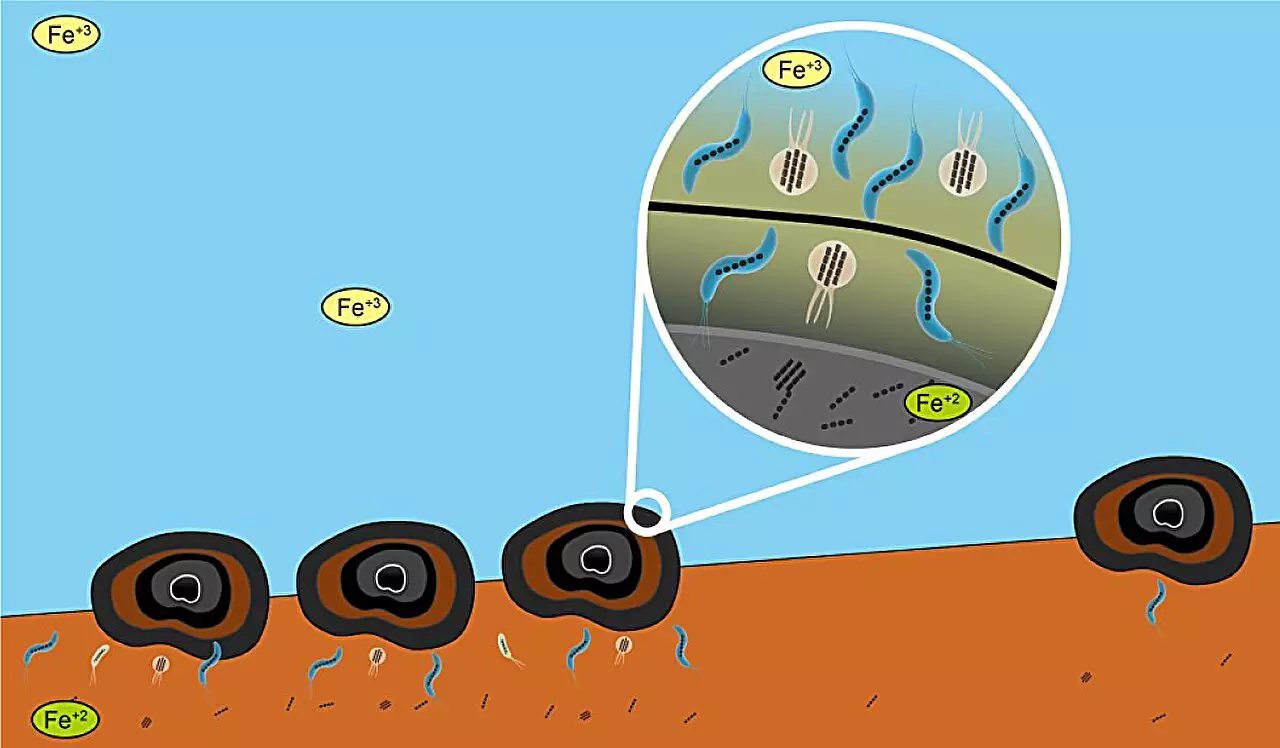Polymetallic nodules, resembling potatoes in size, inhabit the ocean floor and are abundant in valuable minerals such as nickel, cobalt, and manganese. These intriguing formations have garnered attention for their economic potential, particularly in the realm of deep-sea mining, sparking debates globally about their extraction. Despite their potential profitability, the implications of mining these resources on marine ecosystems remain deeply contentious, necessitating thorough research and consideration.
The growth mechanisms of polymetallic nodules are still subjected to various theories. However, a prevailing consensus holds that these nodules form through the gradual precipitation of metallic elements from seawater onto the seafloor. An exciting aspect of nodule formation is the involvement of microorganisms, particularly magnetotactic bacteria, which contribute to the development of biogenic magnetite. This type of magnetite is derived from the remains of these bacteria, which possess magnetic organelles that function as minute navigational aids, guiding them in the aquatic realm.
Recent studies shed light on the fascinating relationship between these bacteria and nodule formation. Specifically, research conducted in the Clarion-Clipperton Fracture Zone (CCFZ) has explored how the distribution of bacteria correlates with nodule prevalence. The CCFZ, a designated area for environmental management situated south of Hawaii, reveals a complexity in ecological interactions that underpins the formation of these economically critical minerals.
A significant study, published in the Journal of Geophysical Research: Solid Earth, investigated seafloor sediments collected in a research expedition in 2013, employing advanced scientific techniques to unravel the mystery surrounding nodule formation. Researchers utilized a vibrating sample magnetometer to assess magnetic properties, alongside electron microscopy for mineral identification. Spectroscopic analyses tested for the presence of rare earth elements, anchoring the findings in robust scientific methodologies.
The study identified three primary sources of magnetic minerals: wind-derived particles, volcanic activity, and biogenic inputs from bacteria. The patterns observed indicated that windborne sediments, altered by atmospheric currents, contribute to the region’s mineral profile. Concurrently, volcanic activity from nearby geological formations, such as the Hawaiian Islands, releases magnetite as erosion occurs. Most intriguingly, while investigating the bacteria’s role, researchers found the highest levels of biogenic magnetite coincided with increased densities of polyspherical nodules. This finding posits that the unique microenvironments created by nodules may foster bacterial growth, thereby enhancing the formation of magnetite.
The insights garnered from the relationship between polymetallic nodules and their microbial partners pave the way for a deeper understanding of our oceanic ecosystems. As the deep-sea mining industry continues to expand, it is crucial to heed these revelations. The delicate balance of life in the deep ocean hinges on nuanced interactions among organisms, minerals, and broader environmental factors. Through this lens, decision-makers must approach deep-sea mining with caution, ensuring a commitment to ecological preservation while considering the potential for economic gain. The ongoing research into polymetallic nodules is not merely an academic endeavor but a linchpin in the conversation surrounding sustainable practices in marine resource management.


Leave a Reply